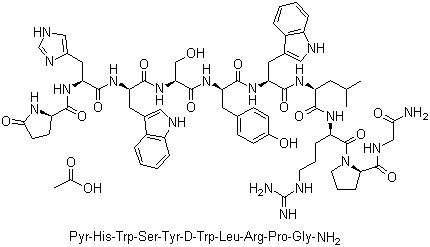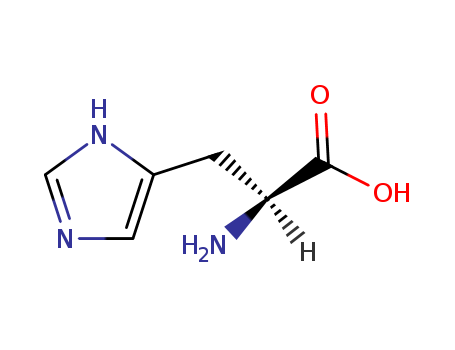8050-09-7
- Product Name:Rosin
- Molecular Formula:Unspecified
- Purity:99%
- Molecular Weight:302.45100
Product Details;
CasNo: 8050-09-7
Molecular Formula: Unspecified
Appearance: light yellow
Reputable factory supply Rosin 8050-09-7 in bulk at low price
- Molecular Formula:Unspecified
- Molecular Weight:302.45100
- Appearance/Colour:light yellow
- Vapor Pressure:5.96E-09mmHg at 25°C
- Melting Point:70-72°C
- Refractive Index:1.541
- Boiling Point:250oC
- Flash Point:208.1oC
- PSA:37.30000
- Density:1.07 g/cm3
- LogP:5.20620
Rosin(Cas 8050-09-7) Usage
|
Production Methods |
Rosin,?also called colophony or Greek pitch (Latin: pix graeca), is a solid form of resin obtained from pines and some other plants, mostly conifers, produced by heating fresh liquid resin to vaporize the volatile liquid terpene components. |
|
Composition |
Rosin is a complex mixture that mostly contains resin acids and a little amount of neutral fraction. Rosin mostly contains abietic ?type (abietic, levopimaric, pallustric, neoabietic, dehydroabietic and ?tetra abietic acids) and pimaric type (pimaric and isopimaric acids), besides neutral components. |
|
Health effects |
The fumes released during soldering have been cited as a causative agent of occupational asthma. The symptoms also include desquamation of bronchial epithelium. |
|
Description and Sources |
Rosin is a natural gum obtained as a resinous constituent of the oleoresin exuded by various species of pine, mostly conifers. It is the non-volatile fraction of the oleoresins from coniferous trees, mainly pine trees. |
|
Types of Rosin |
Three types of rosin based on the way of recovery: gum rosin, wood rosin, and tall oil rosin. Rosin is present in unmodified and modified forms in various products such as printing ink, adhesives, and paper size. |
|
Industrial and Pharmaceutical Applications |
Used as a precursor for many industrial applications such as paints, inks, adhesives, and sealants. It's pharmaceutical applications including film-forming and coating properties, microencapsulation, and as a matrix material in tablets for sustained and controlled drug release. Rosin has the effects of dispelling wind and dampness, expelling pus and toxins, promoting muscle growth, and relieving pain. |
|
Allergenic Properties |
Colophony (rosin) is a common cause of contact allergy and allergic contact dermatitis (ACD) due to its widespread usage and skin sensitizing capacity. Main allergenic components include oxidized resin acids of the abietadiene-type, with 15-Hydroperoxyabietic acid being a major sensitizer. |
|
Definition |
A brittle yellow or brown resin that remains after the distillation of turpentine. It is used as a flux in soldering and in making paints and varnishes. Powdered rosin gives a ‘grip’ to violin bows and boxers’ shoes. |
|
General Description |
Gum rosin is an exudate gum, which is extracted from pine trees. |
InChI:InChI=1/C20H30O2/c1-13(2)14-6-8-16-15(12-14)7-9-17-19(16,3)10-5-11-20(17,4)18(21)22/h7,12-13,16-17H,5-6,8-11H2,1-4H3,(H,21,22)/t16?,17?,19-,20?/m1/s1
Relevant Products
-
EPO
CAS:11096-26-7
-
Histidine
CAS:71-00-1
-
Magnesium chloride
CAS:7786-30-3









